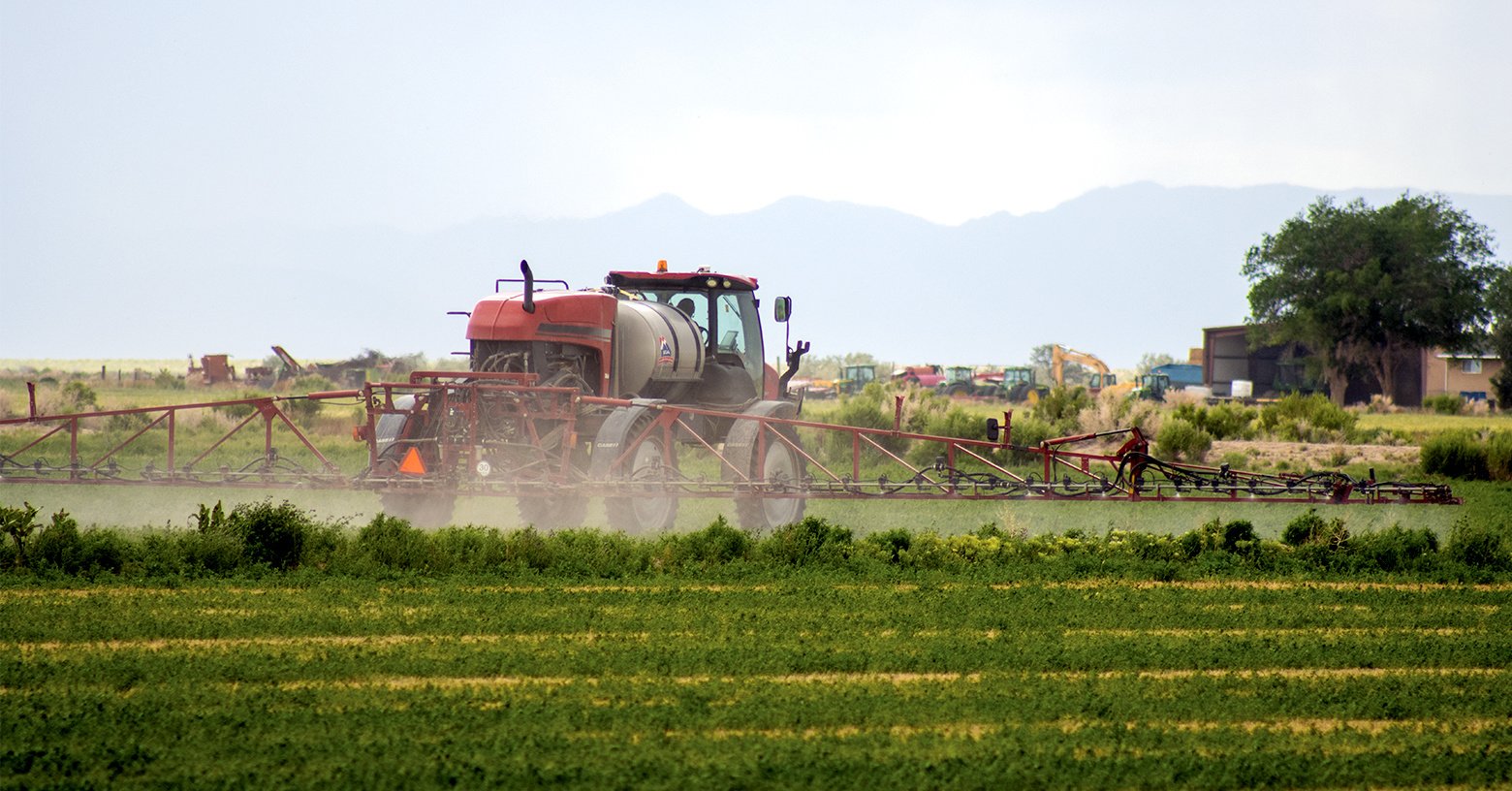
As fall approaches, there are many things to consider in our farming operations. Making sure that harvest goes smoothly, maintaining and repairing equipment, marketing our products, and many other things require our time and energy. One thing that could be very beneficial — but might get pushed aside because of more urgent concerns — is fall fertilization. As a Certified Crop Advisor, I’ve seen first-hand the benefits of a well-executed fall fertilizer program, including potassium and nitrogen retention, root health, weed control and moisture prevention.
Nitrogen Significance in the Fall
Most nutrients are safe to apply in the fall because there is little potential for loss during the winter months. The major exception to this is nitrogen. Nitrogen fertilizer may be lost, even during the winter months. A study conducted at Montana State University determined:
“Late-fall and winter applications are more susceptible than spring applications to N loss as a result of NH3 volatilization. The addition of Agrotain® can mitigate N loss by 60-65%.” [1]
Protection Against Nitrogen Loss
Agrotain is one of several nitrogen loss prevention aids that can be applied to Urea to help minimize nitrogen loss. There are also multiple fertilizers with built-in nitrogen-loss prevention aids. Ask your local IFA crop advisor about these products if you are planning on fall or winter nitrogen applications.
Other nutrients including phosphorus, potassium, and sulfate are also safe to apply during the fall and winter as they do not have the potential for loss that we see with nitrogen.
Growth of Healthy Root Reserves Before Winter
There are several reasons to consider fertilizing alfalfa (and some other crops) this fall. Think about what our alfalfa stand has just been through. We have watched it grow, pulling necessary nutrients from its root reserves, and then about the time that it has enough leaf matter to start building its root reserves again, we harvest it.
This starts the process over, requiring the plant to again pull needed nutrients from root reserves so that it can regrow. We repeat this process several times throughout the summer. Consequently, we find ourselves at the end of summer with an alfalfa stand that worked very hard and depleted its root reserves over and over throughout the summer. Now we are asking it to go to bed for the winter and to wake up early, ready to grow again next spring.
One of the biggest reasons to consider a late summer or early fall application of fertilizer is putting your alfalfa crop to bed for the winter with healthy root reserves. We analyze the crop nutrient needs through soil testing and apply the necessary fertilizer to assist the plants in building a strong root system prior to going dormant.
Potassium Significance in the Fall
This helps the plant start off in a much better position next spring. Potassium is especially important for alfalfa as it is preparing for winter. Potassium is essential in creating and storing carbohydrates in the roots of alfalfa plants [2]. Improved fall nutrition programs for alfalfa minimize winter kill and ensure your alfalfa is ready to grow when the temperatures warm up next spring. In fact, Dr. Undersander says that “Fertilizing to replenish soil nutrients ahead of the last cutting will enhance winter survival and increase growth of first cutting next year.” [3]

Challenges with Spring Moisture
Spring applications of fertilizer can be a problem as we fight wet field conditions. With winter moisture going into the ground and frost coming out of the ground along with early spring rain and snow storms, we often find field conditions less than optimal for spring application.
This leads to fertilizer applications resulting in potential crop injury, ruts in soft fields, and delayed applications that in turn delay nutrient availability for the crop. Not all fields are prone to these potential problems. You know your fields, and if you have some fields that are often wet in the spring then these potential problems can easily be prevented simply by moving your fertilizer application to the fall.
Weed Control
The last benefit of a fall fertilizer program that I wish to discuss applies to alfalfa. Fall is a good time to plan for next year’s weed control. There are various herbicides — granular and liquid — labeled for weed control in alfalfa. Applying herbicide in conjunction with your fertilizer is a great option. You can minimize your application time and cost while allowing your alfalfa the benefit of a lack of competition as it starts to grow next spring. Weed-free fields not only improve the production and quality of your alfalfa, but they also increase the lifespan of your alfalfa stand. Again, reach out to your local IFA crop advisor to discuss specific weed problems and potential fall weed control options in conjunction with your fall fertilizer program.
As your crop year comes to a close, I encourage you to consider the various benefits of implementing a fall fertilizer program on your farm. I think you will find that it is a great option that could have a positive impact in your operation.
Written by Craig Poulson, CCA & IFA Agronomy Salesman, and originally published in the IFA Cooperator magazine (vol. 90, no. 3) Fall 2024.
[1] Engel, R. and Romero, C. Nitrogen Recovery from Broadcast Urea is Affected by Application Timing and Agrotain. Montana State University Extension Fact Sheet. https://landresources.montana.edu/fertilizerfacts/html/FF71.html
[2] Wiersma, D. Winter is coming – don’t short your alfalfa this fall. https://www.agproud.com/articles/52469-why-alfalfa-survives-the-winter-or-not
[3] Undersander, D. Why alfalfa survives the winter (or not). https://www.agproud.com/articles/52469-why-alfalfa-survives-the-winter-or-not

